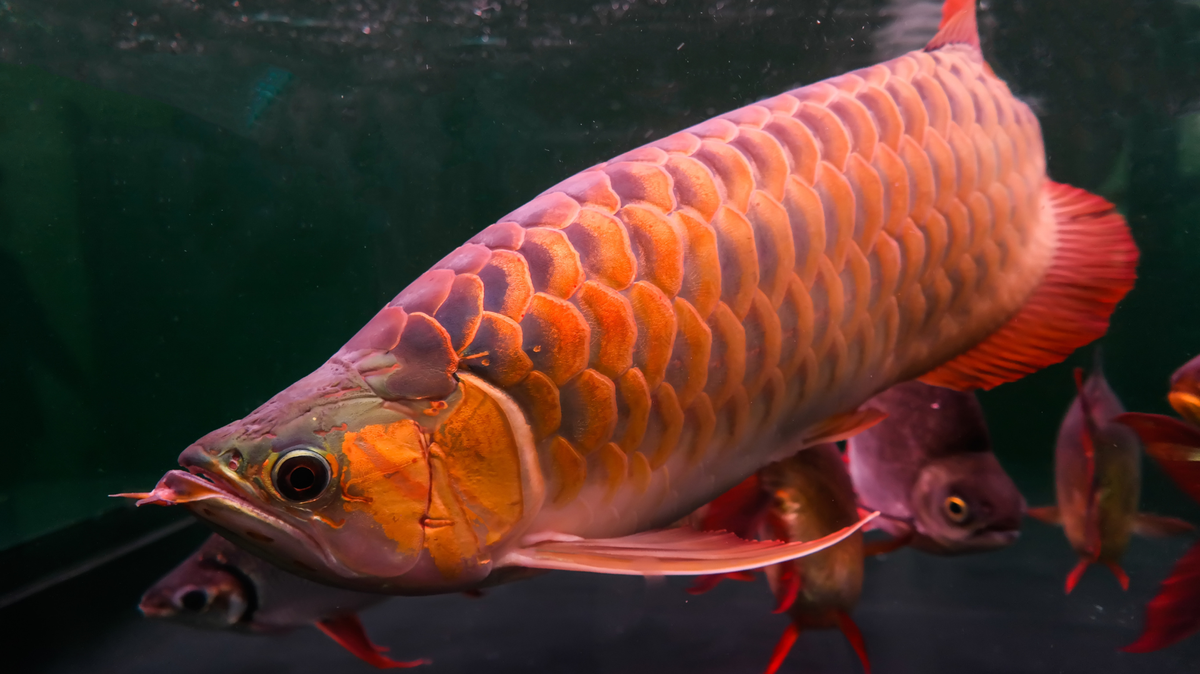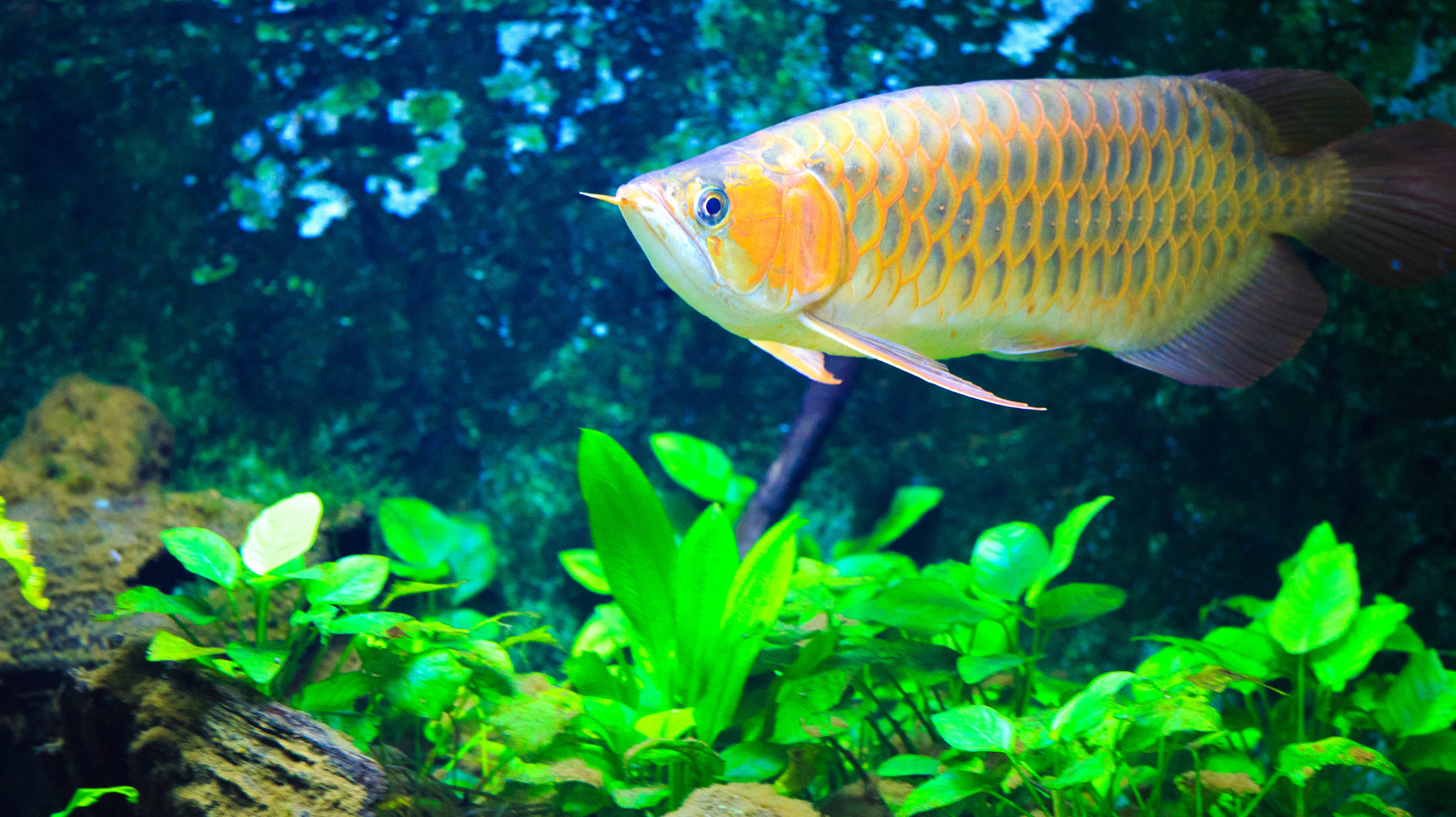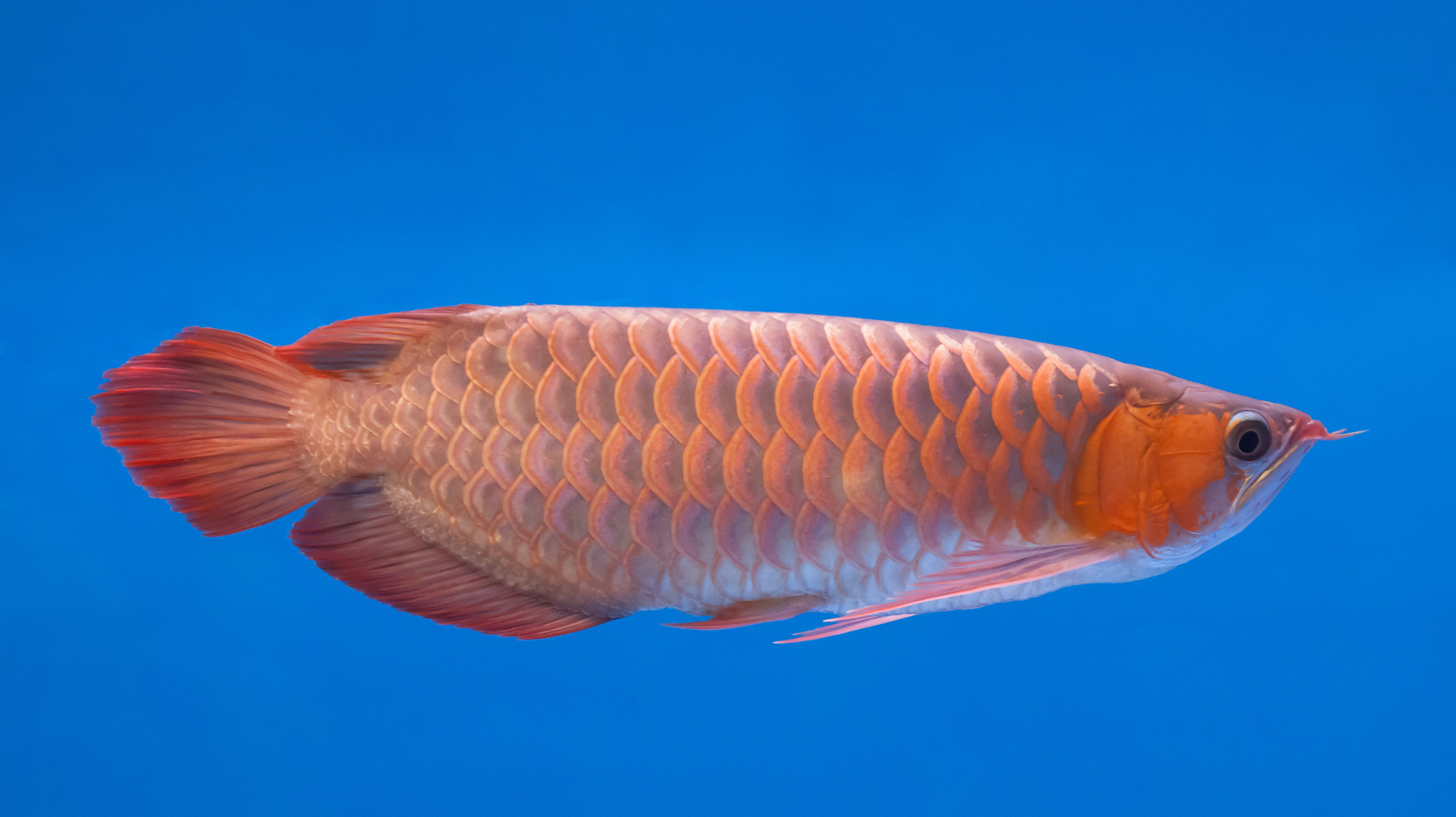The Arowana Fish and Its Worth Beyond Beauty and Myth
The Arowana fish or "dragon fish," is a stunning symbol of fortune, evolution, and resilience, captivating collectors and cultures alike.

The Arowana fish, known widely as the "dragon fish," is a creature of mystery, beauty, and resilience, tracing its lineage back over 150 million years. Its distinctive, elongated body and metallic, armour-like scales give it an otherworldly appearance, while its reputation for bringing good fortune and prosperity has made it a cultural symbol in parts of Asia. But there’s far more to the Arowana than aesthetics and superstition. This fish has a story as ancient as it is captivating, blending evolution, myth, and conservation in equal measure.
Arowanas have honed their hunting skills over millions of years, evolving to become powerful surface predators. Unlike many other fish that forage below the waterline, Arowanas are experts at stalking prey that lingers above the water, such as insects, birds, and even small mammals. Remarkably, these fish are capable of leaping up to six feet out of the water to catch food—a rare feat in the aquatic world. Their powerful jaws, which extend outward, make them formidable hunters. This jumping ability is part of what makes the Arowana such an impressive sight in captivity, although it also requires aquarists to maintain securely covered tanks to prevent their prized pets from making an unintended escape.

Perhaps one of the most extraordinary aspects of the Arowana is its ability to breathe air. Equipped with a modified swim bladder, it can extract oxygen from the air, allowing it to survive in low-oxygen environments. In the wild, this adaptation is particularly useful, as Arowanas are native to floodplains and slow-moving rivers in South America, Southeast Asia, and Australia—places where oxygen levels can often be unpredictable. This trait has also been known to enable Arowanas to traverse brief stretches of land if needed, giving them a level of resilience rarely found among fish. This air-breathing ability contributes to the Arowana’s reputation as a “living fossil,” a species whose evolutionary adaptations have stood the test of time.
The cultural significance of the Arowana, particularly in East and Southeast Asia, cannot be overstated. Often seen as a symbol of wealth and power, the Arowana is closely associated with traditional dragon imagery, embodying the same elegance and ferocity. In Chinese culture, the Arowana is believed to attract good luck and protect its owner from misfortune, leading many to keep them in homes and businesses as a form of living amulet. For some, owning an Arowana is not merely a hobby but a means of inviting prosperity and success. This demand has led to some rare Arowanas, especially the Asian species with their vibrant red and gold colours, being sold for prices reaching tens or even hundreds of thousands of pounds. This fish is worth $300,000 in some cases, with rare morphs being highly sought after by collectors worldwide. In fact, this Asian dragon fish costs more than your Lamborghini, highlighting the extraordinary value collectors place on these unique creatures.

However, this popularity has placed significant strain on wild populations, particularly the Asian Arowana, which is now classified as endangered. Overfishing, habitat destruction, and the black-market trade of these fish have all contributed to dwindling numbers in the wild. As a result, international regulations now protect the Asian Arowana, with CITES listing it as an Appendix I species, prohibiting trade except for certified captive-bred individuals. While breeding programmes have arisen to meet the demand for Arowanas in the aquarium trade, the need for sustainable and ethical practices remains critical to ensuring the survival of these ancient fish.
Arowanas can live for over 20 years in captivity if cared for properly, requiring large tanks, precise water quality, and a diet rich in live or frozen foods. Their longevity and interactive nature have endeared them to aquarists around the world, who often form deep bonds with these remarkable fish. The Arowana is one of the few fish species that can recognise its owner, displaying curiosity and excitement when approached. This intelligence, combined with their striking appearance and storied history, leads many to view Arowanas as more than just pets—they become family members and symbols of resilience. Their significance in our lives mirrors that of fish in various cultural traditions, such as the ancient practice of eating fish on Fridays, which underscores the meaningful connections humans have with aquatic life.

But for all its beauty and allure, the Arowana also serves as a poignant reminder of the delicate balance between human desire and nature’s needs. Conservation efforts have highlighted the fragility of its existence, urging collectors to choose captive-bred fish over wild-caught ones. Perhaps, in this respect, the true luck that the Arowana brings is not material prosperity but the awareness it fosters about conservation, reminding us that the survival of such ancient beauty depends on respect and responsibility. In the Arowana, we glimpse a creature that has endured against all odds, its survival mirroring our own in ways that go beyond water and scales.





